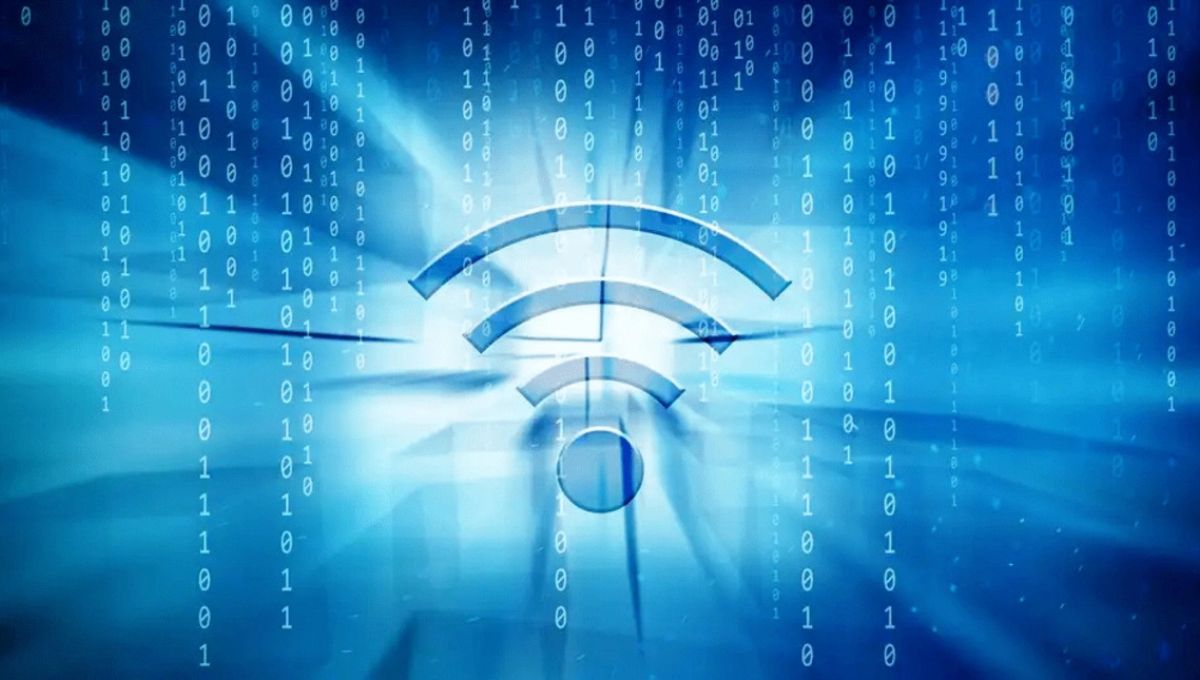Wi-Fi Applications, Transforming the Digital World
Wi-Fi Applications, Transforming the Digital World – In today’s digital age, Wi-Fi (Wireless Fidelity) has become an essential part of our everyday lives. From browsing the internet at home to operating entire smart cities, Wi-Fi plays a pivotal role in providing wireless connectivity. As a communication technology, it enables devices like smartphones, laptops, tablets, and even household appliances to connect to the internet or local networks without physical cables.
This article explores the wide-ranging applications of Wi-Fi across various domains, including personal use, education, healthcare, business, transportation, entertainment, and more.
1. Home and Personal Use
a. Internet Browsing and Streaming
Wi-Fi allows multiple users in a household to browse the internet, watch movies, listen to music, and play games—all wirelessly. Popular platforms like YouTube, Netflix, Amazon Prime, and Spotify rely on Wi-Fi to deliver content seamlessly.
b. Smart Home Integration
Wi-Fi is the backbone of smart homes. Devices such as:
- Smart TVs
- Wi-Fi-enabled lights
- Smart thermostats
- Security cameras
- Voice assistants (like Alexa, Google Home)
are all connected via Wi-Fi to provide comfort, security, and energy efficiency.
c. Video Calling and Communication
Wi-Fi facilitates high-quality video calls on apps like Zoom, WhatsApp, Google Meet, and Microsoft Teams. Whether it’s staying in touch with loved ones or working remotely, Wi-Fi enables seamless communication.
2. Education and E-Learning
a. Online Classes and Learning Platforms
With the growth of online education, especially after the COVID-19 pandemic, Wi-Fi has become a critical tool for learning. Students access classes through platforms like BYJU’S, Unacademy, Coursera, and Khan Academy.
b. Digital Classrooms and Smart Boards
Many schools and universities are using Wi-Fi-enabled smart classrooms. Interactive boards, projectors, and learning apps are integrated into the teaching system to enhance engagement and understanding.
c. Research and Collaboration
Wi-Fi allows students and researchers to access online journals, research papers, and global educational resources. It also enables collaborative tools like Google Docs, Slack, and Miro for teamwork.
3. Business and Industry
a. Remote Work and Cloud Computing
Wi-Fi enables professionals to work from anywhere, reducing the need for physical office space. Employees access cloud platforms like Google Workspace, Microsoft 365, and Zoom using Wi-Fi.
b. Wireless Office Environment
Offices use Wi-Fi for:
- Connecting printers and scanners
- Sharing files over intranet
- Conducting virtual meetings
- Operating smart devices and HVAC systems
c. Customer Wi-Fi in Businesses
Retail stores, restaurants, malls, and cafes often provide free Wi-Fi as a value-added service to customers. This enhances customer satisfaction and retention.
4. Healthcare
a. Telemedicine
Wi-Fi is a game-changer in telehealth services, enabling patients to consult doctors remotely through apps like Practo, mfine, or online hospital services.
b. Wireless Medical Equipment
Modern hospitals use Wi-Fi-connected equipment such as:
- Patient monitors
- Infusion pumps
- Digital thermometers
- Smart beds
This allows real-time tracking of patient vitals and reduces human error.
c. Electronic Health Records (EHR)
Healthcare professionals use Wi-Fi to access and update patient records digitally, improving efficiency and data accuracy.
5. Transportation and Smart Cities
a. Public Wi-Fi in Transport
Many buses, trains, airports, and stations provide free Wi-Fi to travelers. This keeps commuters entertained and productive on the go.
b. Smart Traffic Management
Cities are using Wi-Fi to monitor and manage traffic through smart signals, vehicle counters, and real-time traffic updates, which help reduce congestion.
c. Connected Vehicles
Modern cars are becoming more like smart devices, with Wi-Fi enabling GPS, entertainment, diagnostics, and vehicle-to-vehicle communication.
6. Entertainment and Gaming
a. Online Gaming
Wi-Fi is critical for online and multiplayer games like PUBG, Call of Duty, and Fortnite. It ensures fast, lag-free gameplay.
b. Media Streaming
Platforms like YouTube, Netflix, and Twitch depend on high-speed Wi-Fi for uninterrupted HD or 4K streaming.
c. Augmented Reality and Virtual Reality (AR/VR)
Advanced applications in AR and VR gaming and experiences require fast Wi-Fi connections to function seamlessly.
7. Agriculture and Environment
a. Smart Farming
Wi-Fi enables precision agriculture with IoT-based systems. Farmers can monitor:
- Soil moisture
- Weather conditions
- Crop health
- Livestock activity
using wireless sensors connected to smartphones.
b. Environmental Monitoring
Wi-Fi supports air and water quality sensors, forest fire detectors, and weather stations to collect and transmit real-time data for analysis.
8. Security and Surveillance
a. CCTV and IP Cameras
Modern surveillance systems use Wi-Fi-enabled cameras for real-time video streaming and motion detection, making homes and offices safer.
b. Access Control Systems
Wi-Fi is used in biometric scanners, smart locks, and facial recognition systems to manage entry to secure areas.
9. Retail and E-Commerce
a. Mobile Point of Sale (POS) Systems
Retailers use Wi-Fi for wireless POS systems, allowing sales personnel to check out customers anywhere in the store.
b. Inventory and Stock Management
Wi-Fi-enabled barcode scanners and tablets help with inventory tracking, stock updates, and warehouse management.
c. Customer Behavior Analytics
Wi-Fi can track customer movement in stores to analyze buying behavior and improve store layouts.
10. Public Services and Governance
a. E-Governance
Governments provide services like Aadhaar, digital payments, online grievance redressal, and public records access through Wi-Fi-connected centers.
b. Public Wi-Fi Initiatives
Cities and villages are being equipped with free or low-cost public Wi-Fi under schemes like PM-WANI (Wi-Fi Access Network Interface) in India, promoting digital inclusion.
Conclusion
Wi-Fi is more than just an internet connector; it is the invisible thread that connects the modern digital ecosystem. Its applications span from the comfort of our homes to complex industrial systems, making daily life more efficient, productive, and connected.
As technologies like Wi-Fi 6 and 7 evolve, offering even faster speeds, lower latency, and improved security, the scope of Wi-Fi applications will expand further. With its continuous integration into emerging fields like artificial intelligence, IoT, and machine learning, Wi-Fi is shaping a smarter, more connected future.

